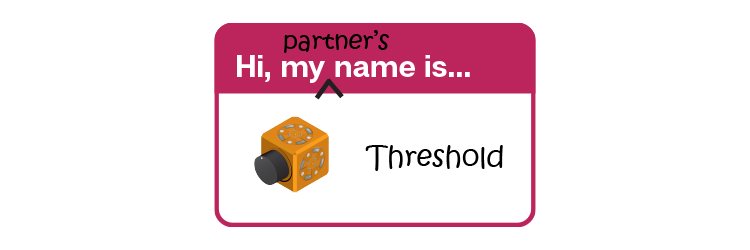 For the Beginners: It’s easy to be intimidated by Cubelets when you first pull them out of the box. After all, they’re blocks…that teach computational thinking…but how?
Continue reading
For the Beginners: It’s easy to be intimidated by Cubelets when you first pull them out of the box. After all, they’re blocks…that teach computational thinking…but how?
Continue reading
It’s been over a year since we launched #CubeletsChat, our blog and email series for teachers by teachers. Every topic we write about comes from a question or conversation with an educator like you. Whether we’re highlighting some great resources for your sub binder or helping you dive deeper into the computational thinking skills that Cubelets can teach, #CubeletsChat is specifically for you.
Whether you’re new to the Cubelets community or are an adept looking for next steps with Cubelets, hopefully you’ll find a couple articles that meet your needs along your Cubelets journey.
 For the Beginners: It’s easy to be intimidated by Cubelets when you first pull them out of the box. After all, they’re blocks…that teach computational thinking…but how?
Continue reading
For the Beginners: It’s easy to be intimidated by Cubelets when you first pull them out of the box. After all, they’re blocks…that teach computational thinking…but how?
Continue reading
 For the Beginners: It’s easy to be intimidated by Cubelets when you first pull them out of the box. After all, they’re blocks…that teach computational thinking…but how?
Continue reading
For the Beginners: It’s easy to be intimidated by Cubelets when you first pull them out of the box. After all, they’re blocks…that teach computational thinking…but how?
Continue reading 







